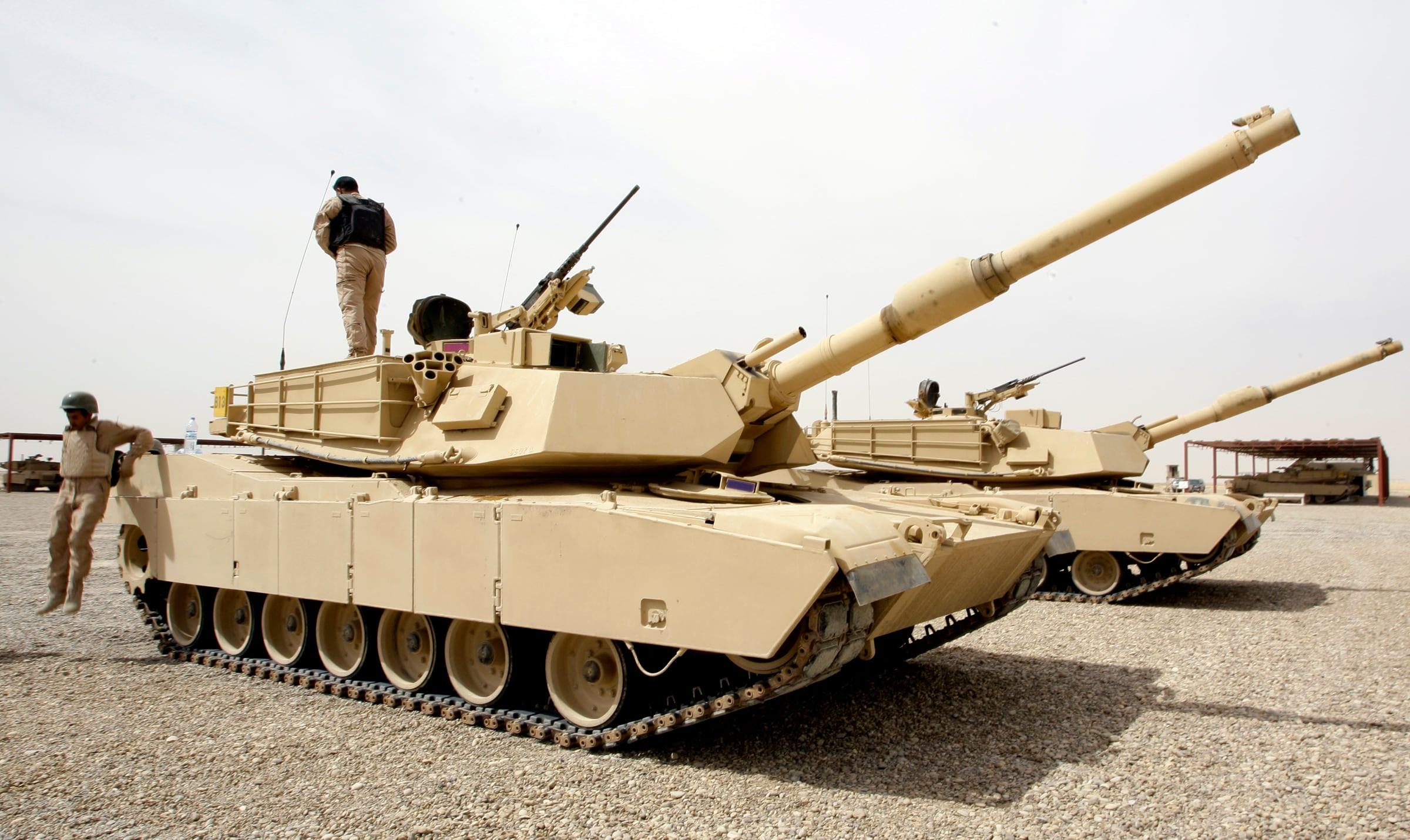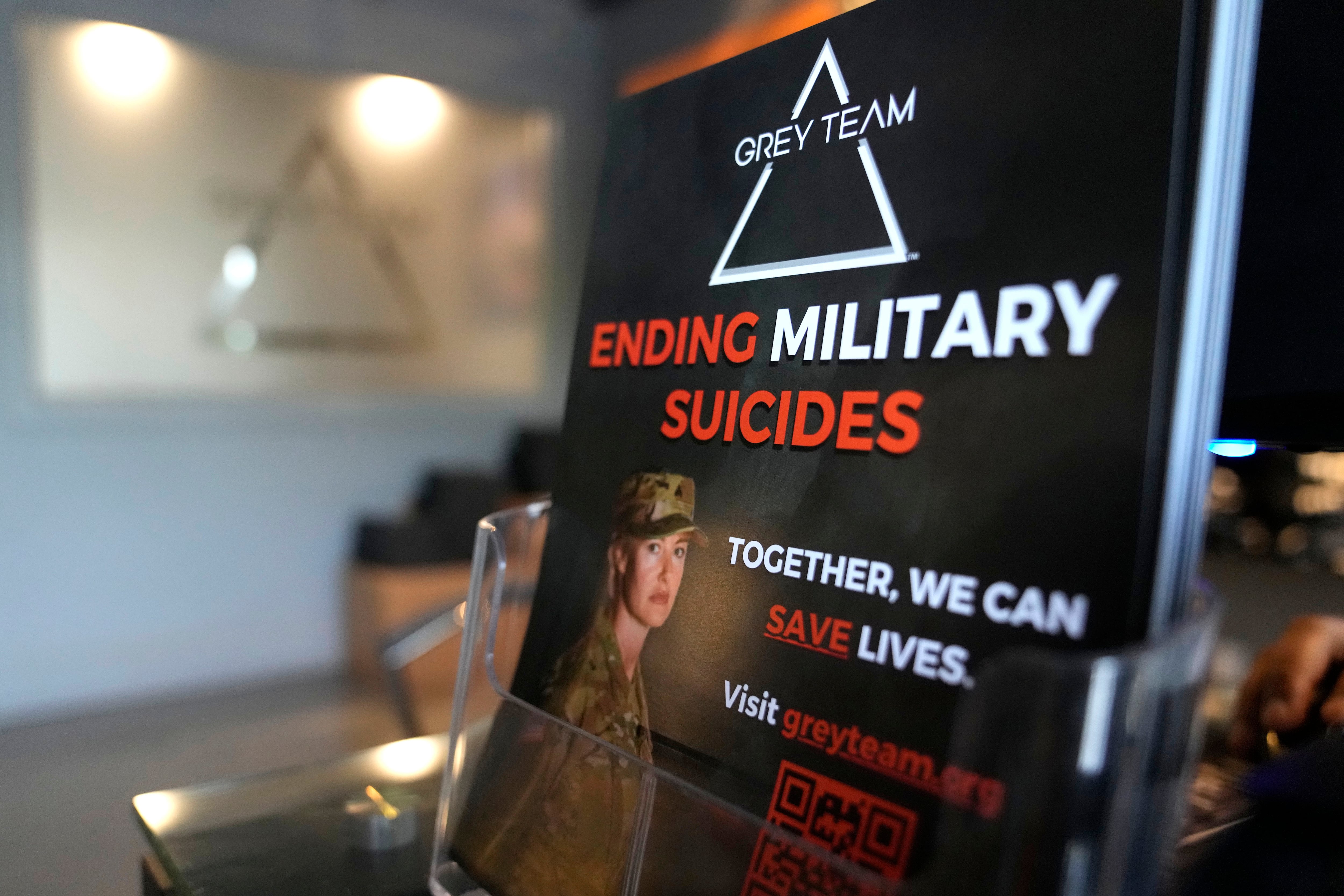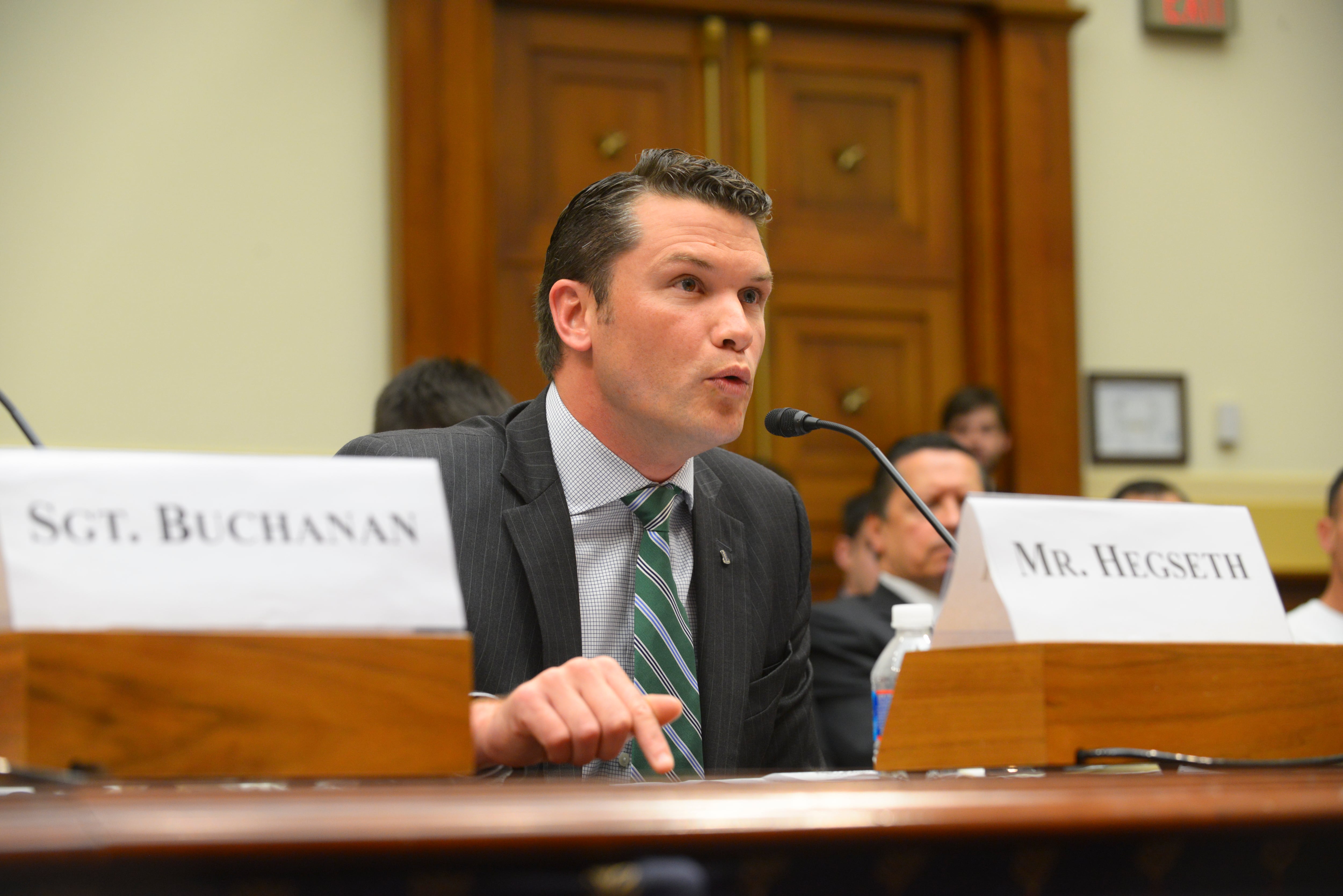U.S.-supplied M1A1 Abrams tanks to the Iraqi Army provided an asymmetrical advantage over Kurdish Peshmerga and security forces during the battle of Kirkuk, according to an American volunteer and Peshmerga commander who witnessed the battle.
Moreover, the rapid fall of Kirkuk to the Iraqi Army calls into question U.S. foreign security assistance around and the unintended consequences of sophisticated U.S. weapon systems in war-torn regions and its ultimate impact on U.S. foreign policy goals and objectives.
Kirkuk’s capture by the Iraqi military sparked redrawn borders and renewed territorial disputes not seen since the days of Saddam Hussein. During the 1970s, Hussein’s brutal regime embarked on a program of “Arabization” by moving Arab families in around Kurdish-dominated Kirkuk.
Not until the collapse of Hussein’s regime in 2003 did the Kurds reclaim the oil rich city, but that unraveled in lighting speed on Oct. 16, when Iraqi forces led by U.S.-supplied Abrams tanks spearheaded towards the K1 airfield and an industrial zone just south of the city.
“You can’t take out an Abrams with anything they have over here. The Peshmerga don’t make IEDs [improvised explosive device] or VBIEDs [vehicle borne IEDs], so they’re shit out of luck for Abrams,” said Ben Alexander, an American volunteer with the Peshmerga. “Anyways, the Peshmerga that didn’t pull back originally were forced to leave because they/we would have all died and been surrounded if we hadn’t.”
Alexander is a former U.S. Army infantry officer who served a tour of duty in Afghanistan with the U.S. military. After leaving the U.S. Army, he worked various contracting gigs and ultimately volunteered on multiple stints with Peshmerga forces, even commanding a 26-man, entirely western unit for the Kurdish fighters.
Alexander was present in Kirkuk when the battle unfolded with Iraqi forces.
“We knew the Iraqi military was coming with a convoy of 200 to 300 armored vehicles to the west of Kirkuk,” Alexander told Military Times. “At about 1 a.m., a small group of us drove a few kilometers away from the base to see if we could see the vehicles coming. After 20 minutes or so, tracers started flying in both directions.”
The Iraqi convoys were being led by Abrams tanks, followed by Iranian-backed Popular Mobilization Forces, or PMF, in U.S.-armored Humvees and trucks, according to Alexander’s recollection of the events. The convoy that struck the industrial complex just south of Kirkuk had five Abrams tanks in it, Alexander said.
The U.S. coalition still contends there was only one engagement between Iraqi forces and the Peshmerga, which U.S. officials argue was a result of a miscommunication. That event occurred at an industrial zone south of the city.
Military Times reached out to U.S. officials in Baghdad to confirm whether the location provided by Alexander of the firefight in the industrial zone between Iraqi and Kurdish forces was the same event characterized as a “miscommunication” by U.S. officials at Operation Inherent Resolve, or OIR.
U.S. officials instead reiterated earlier talking points about the engagement. “As stated in our release of Oct. 16, 2017, a limited exchange of fire occurred in Kirkuk during predawn hours on that date,” an official at OIR told Military Times. “We believe the engagement on the early morning of Oct. 16 was a misunderstanding affected by limited visibility conditions.”
“Shortly after rockets were hitting both sides along with Abrams rounds hitting the Peshmerga position in the industrial area of western Kirkuk,” Alexander said. “The Peshmerga commander and second in charge of that position were both killed, so the line crumbled.”
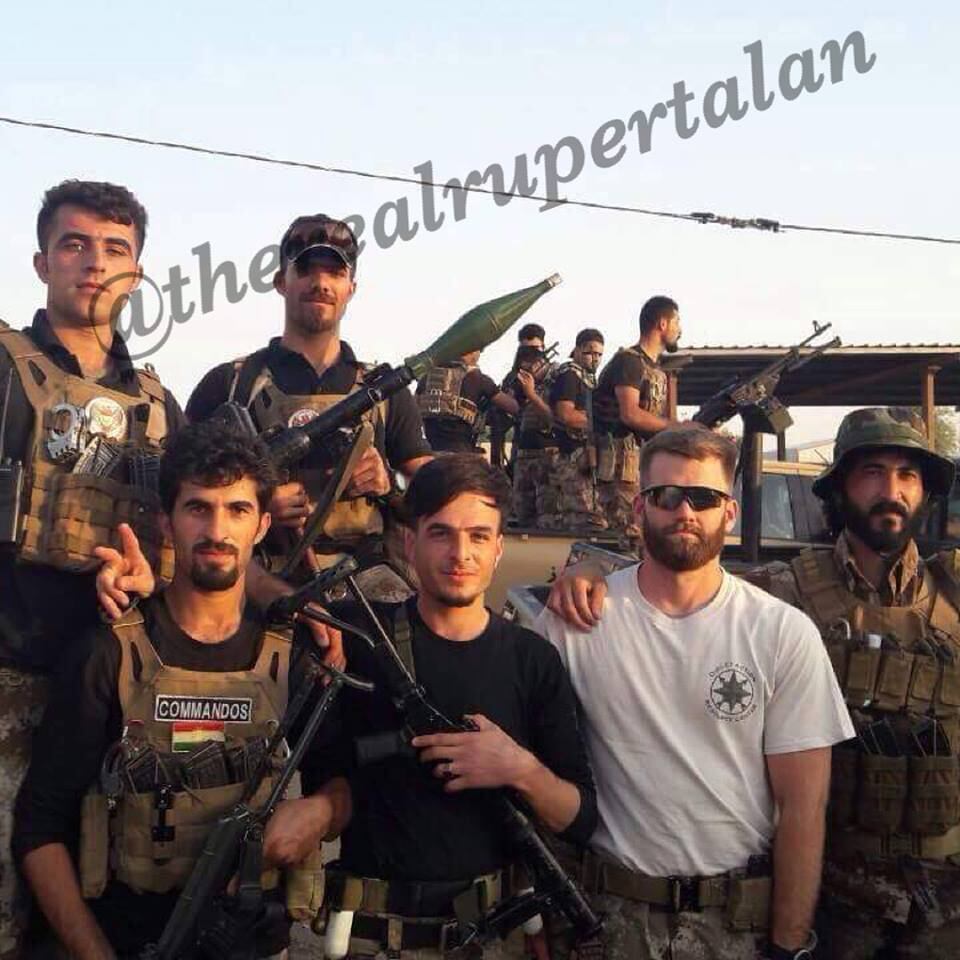
Iraqi forces eventually broke through, according to Alexander, and were only two kilometers from his position. “We returned to the base and started receiving rockets and mortars. Five landed on our base; they had us dialed in, knew the location prior to the attack,” he said, detailing the battle.
A Peshmerga commander ultimately ordered Kurdish forces back into Kirkuk, where they believed they could take on the Iraqi Army at various choke points, but the convoy was blocked by Kurdish civilian resistance fighters who feared the fight would harm civilians and destroy the city, Alexander said.
“The civilians wanted us to fight the Iraqi Army back at our base away from the city center,” he said.
“We also received news that Patriotic Union of Kurdistan, or PUK, Peshmerga forces left Kirkuk open and the Iraqi and Hashd al-Shaabi, or PMF, entered Kirkuk without resistance,” he added. “We were forced to withdraw from Kirkuk.”
Alexander’s unit fled the area taking a detour through the mountains towards the Kurdish city of Chamchamal not far from Kirkuk. There were civilians fleeing Kirkuk alongside the Peshmerga convoy as it moved away from the besieged city.
“Grown men cried as they begged us to turn around and fight. We were ordered to leave,” Alexander said.
According to Alexander, Iranian-backed PMF forces burned down Kurdish houses and decapitated Kurds.
“A city named Tuz Khurmatu got it worse than Kirkuk. All of their Kurdish fled to the mountains and are in a similar situation as the Yazidis were at Sinjar,” Alexander said. A recent United Nations report confirms some of Alexander’s story.
“The United Nations has received allegations of the burning of about 150 houses in Tuz Khurmatu on 16 and 17 October, by armed groups,” the report reads.
RELATED
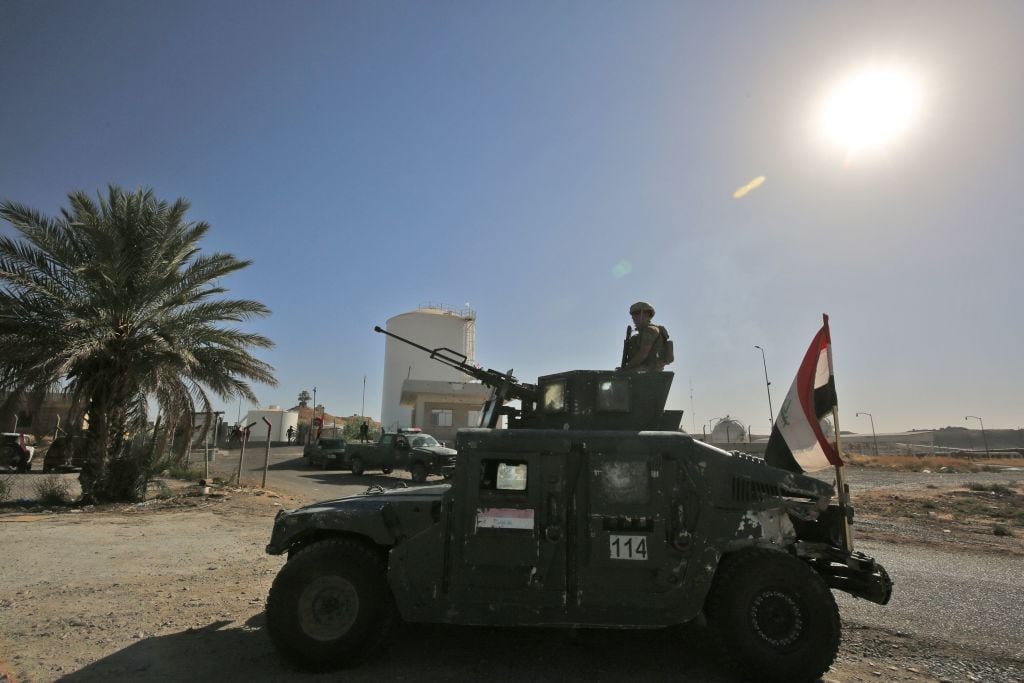
Officials in Baghdad have downplayed the role of Iranian-backed militias in the Kirkuk fight and the level of military force brought to bear between Kurdish and Iraqi forces.
“We do not have reports of PMF units or the types of units that you had mentioned that we have received,” said Col. Ryan Dillon, the spokesperson for OIR, before reporters at the Pentagon on Tuesday. “So, we don’t have any reporting or any indications that there are units in and around Kirkuk of the elements that you mentioned,” he added, referring to the Iranian-backed militias.
Alexander’s story of the fall of Kirkuk counters much of what U.S. officials have said about the incident. Furthermore, it highlights the unintended consequences of U.S. weapons in the region that may have upended the balance of power between Iraqi and Kurdish forces.
Shawn Snow is the senior reporter for Marine Corps Times and a Marine Corps veteran.
